Photo

I love the internet i got into an arguement with this 28 year old white person and they put a satanic hex on me when they were losing. This surpasses all other twitter beef
161K notes
·
View notes
Text

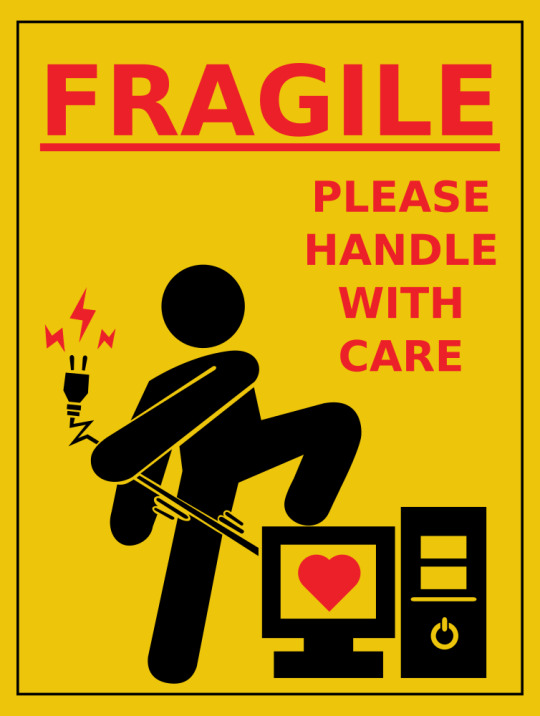
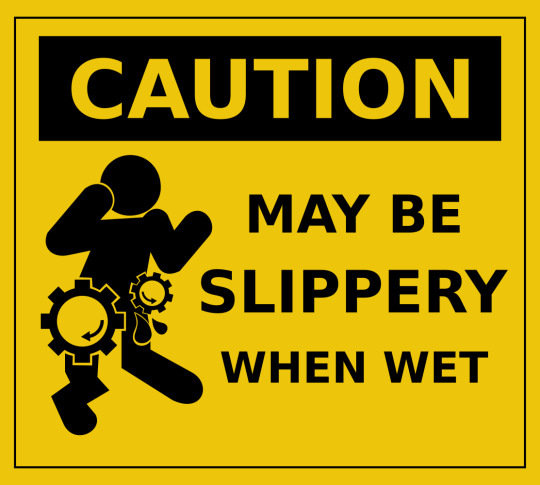
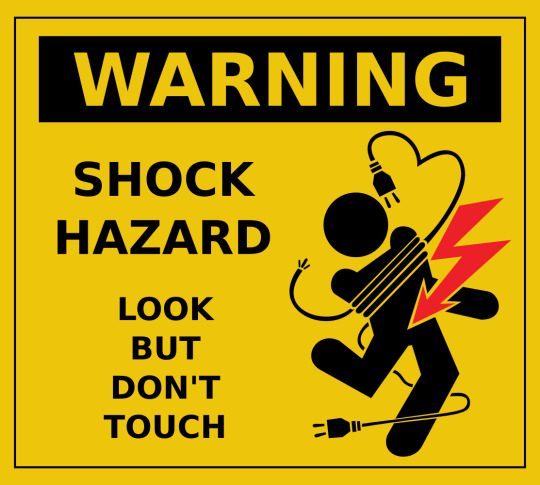
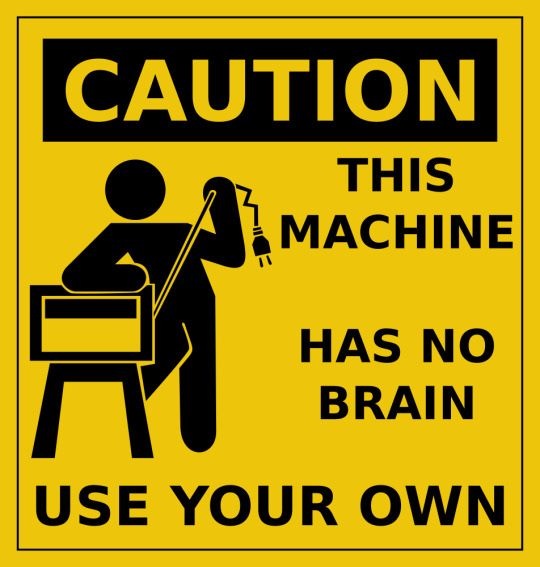
Please keep work place safety in mind at all times
81K notes
·
View notes
Text
WAKE THE FUCK UP LOSERS, NASA DROPPED A SYSTEM AGNOSTIC TTRPG ADVENTURE AND IT'S DOPE
931 notes
·
View notes
Text
As of today, we are releasing the February 29th, 2024 version of the Eureka: Investigative Urban Fantasy full prerelease rulebook FOR FREE.

If you’re wondering what Eureka: Investigative Urban Fantasy even is, it’s going to Kickstarter starting April 10th, 2024, and, besides downloading the free version we are releasing today, the Kickstarter link is probably the best way to learn what you can expect from it.
As a thank-you to all of those who have supported us with follows, reblogs, likes, and word-of-mouth, we are replacing the cut-down free demo version of Eureka: Investigative Urban Fantasy that has been available on our website with the full February 29th prerelease version of the rulebook. If you’ve only looked at the demo version, this is huge for you. Four months of constant additions, improvements, playtesting, polishing, and tweaking, plus access to all of the things that were redacted from the original demo version, including rules for handling explosives, advanced melee combat rules, and five fully playable man-eating monsters—and Eureka handles playing monstrous PCs in a way you’ve never seen before! This isn’t just +1 to strength and +2 extra damage taken from silver weapons, playing a monster in Eureka is a whole different experience from playing a mundane PC!
Download the free full prerelease version now from our website!
If you like it, consider giving us a tip on Ko-fi, or the pay-what-you-want version on itch.io! (At the time of writing this, the pay-what-you-want version is not actually set up yet, so your best bet is to get the free version from our website and give us a little donation on ko-fi.)
All subsequent updates to the prerelease version will continue to be exclusive to patreon subscribers; for only $5 you can get the regularly updated prerelease version of Eureka: Investigative Urban Fantasy as well as many other in-progress projects such as adventure modules and literary works!
And don’t forget, Eureka is fundraising on Kickstarter starting on April 10th, 2024! We need your support there most of all, to make sure we hit our goals and can afford to make the best version of Eureka we can make!
Interested in branching out but can’t get your group to play anything but D&D5e? Join us at the A.N.I.M. TTRPG Book Club, where we nominate, vote on, and play indie TTRPGs, all organized by our team with no strict schedule requirement! Here's the invite link! See you there!

259 notes
·
View notes
Text
Metalepsis
A two-player narrative RPG with one GM - the Author of the story, and one player - the Protagonist, as they fight for control over the Protagonist’s fate.
A game about autonomy and living narratives.
With a solo and three-player mode now added =)
102 notes
·
View notes
Text
studies show that 90% of control freaks quit right before everyone agrees to do everything their way forever
15K notes
·
View notes
Photo


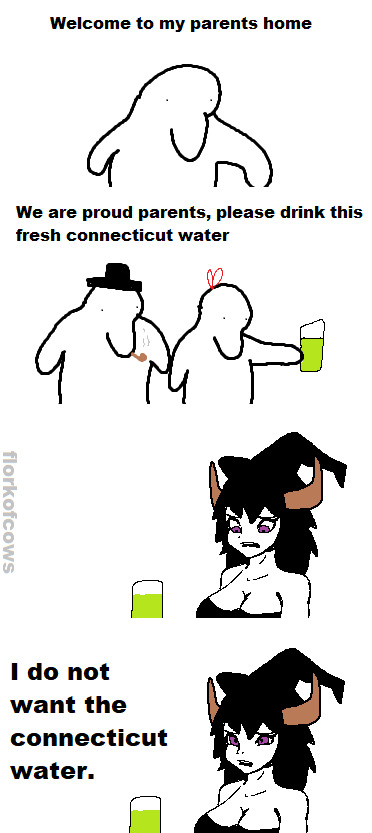
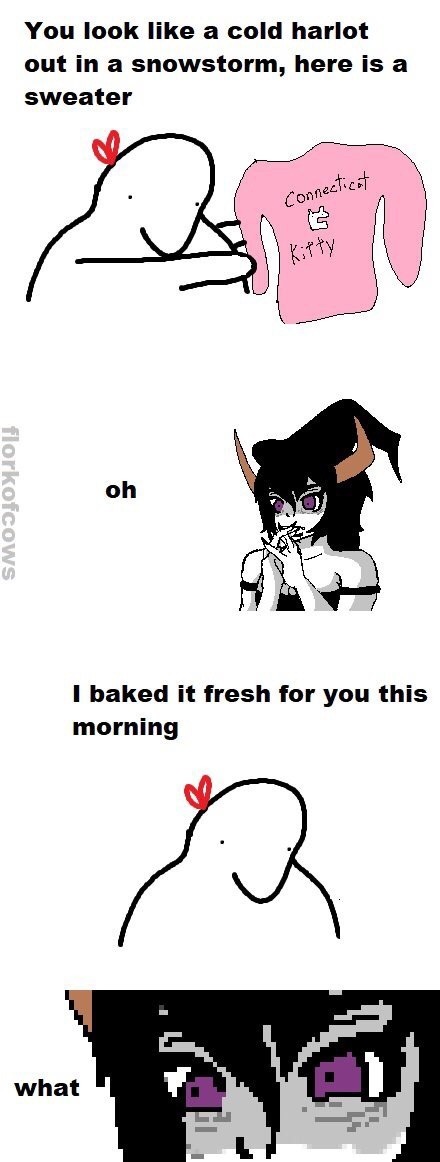
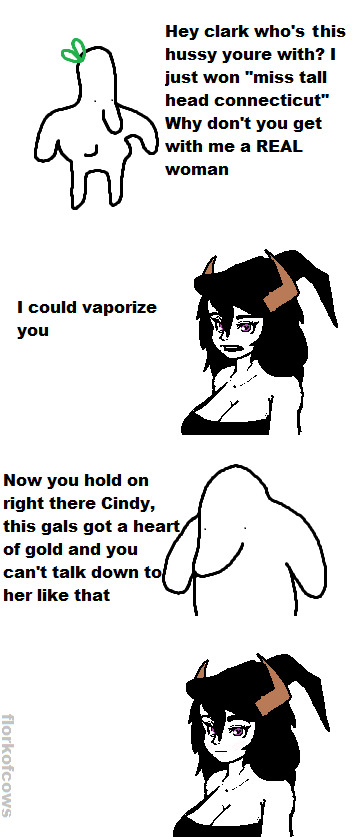

clark reupload
edit: forgot the sweater comic
235K notes
·
View notes
Text
FOUND family??? you think i just found them like this??? babes this is FORGED family. Me & the bros were scrap metal in a junkyard (very valuable, very sharp, very dangerous, uncared for) and we GOT IN THE FUCKING FIRE TOGETHER. WE did this. we said I AM NOT LEAVING YOU and melted into each other for better or for worse (it’s for better) and we are A FUNCTIONAL UNIT now. DO NOT SEPARATE. BATTERIES FUCKING INCLUDED. FOUND family my ass, we built this non-nuclear family unit from the ground up, don’t devalue this!!! it was is and will be a labour of love!!!
56K notes
·
View notes
Text
can someone hire me as a lighthouse keeper. my grip on reality is soooo stable and i will behave so normally under conditions of extreme isolation. and i promise i wont try to fuck the light
94K notes
·
View notes
Text
SYSTEM OVERVIEW: Powered by the Apocalypse (PbtA).
This week I’m taking a break from my regular recommendation posts to talk about some indie ttrpg systems that have gained some well-deserved attention over the years. I’m going to introduce you to how they work, why I like them, and what kinds of games are out there!

Powered by the Apocalypse is often described by its progenitor as a game philosophy more than a game system. If you want to learn about the ins and outs of Vincent Baker’s thoughts on this game philosophy, I recommend looking at his series of blog posts about the system, starting here.
There are a lot of things that can be housed within the family of PbtA games, but a game that advertises itself as Powered by the Apocalypse is probably going to have the following elements.

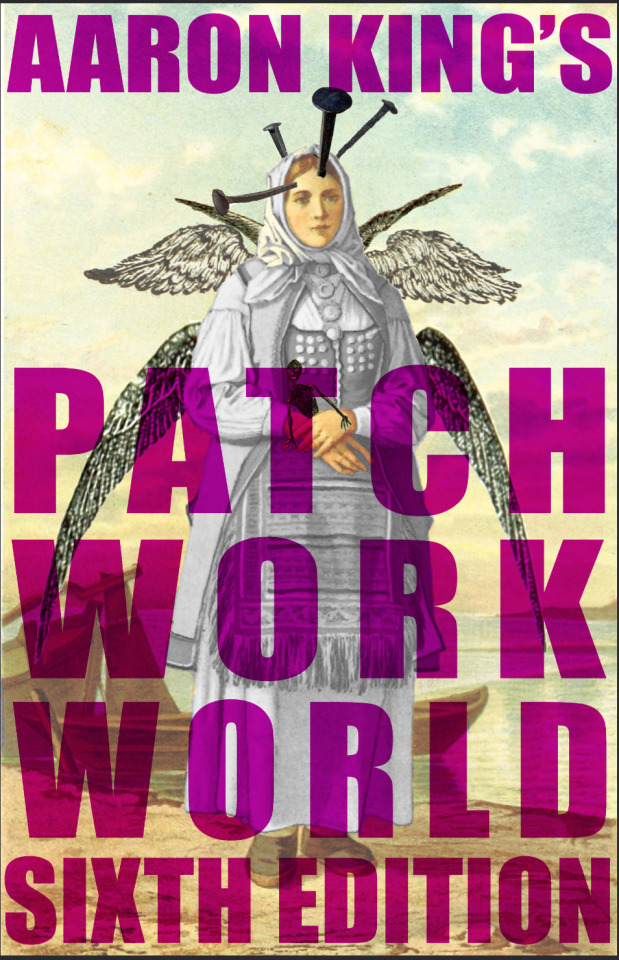

Moves.
To do anything, PbtA games have a list of moves available to the whole party, and then certain moves specific to any given players. When you do something that fits the description of the move, you follow the move’s instructions.
Generally, this involves rolling 2d6 and adding a relevant modifier, somewhere between -1 and +3. The most common source of these modifiers comes from player stats, 3-5 player traits assigned to you during character creation that represent your strengths and weaknesses. These traits might be Cool, Sharp, and Hot, like in Apocalypse World, or Spirit, Wit and Heart, like in Thirsty Sword Lesbians, etc.
Other games use different sources of modifiers. In Apocalypse Keys, you’ll spend Tokens gained by roleplaying according to certain prompts, such as feeling lonely or forgotten. In Patchwork World, your modifiers depend on the moves your character takes. Can you become cats? When you burst into 1d6 cats, roll -CATS. Do you have Bee Resonance? You’ll roll +Stress marked.
Some moves might not even require you to roll dice - maybe you just have to use up a resource, or answer a question before that action happens.
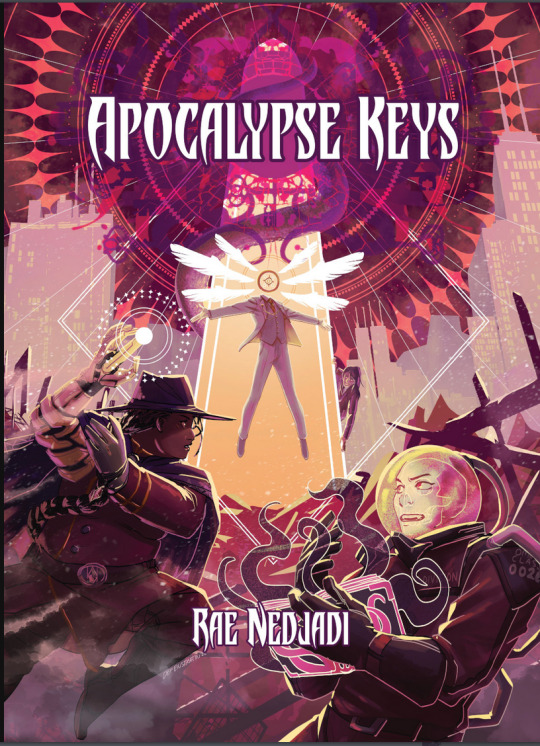

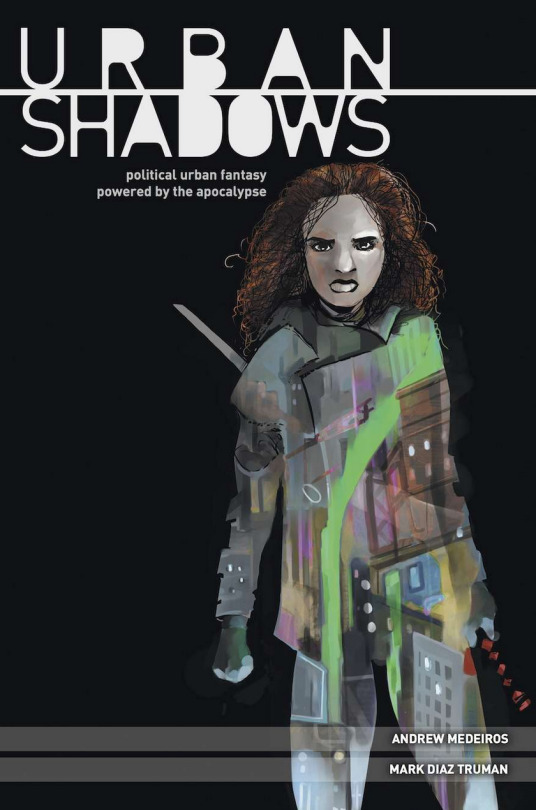
Staggered Success.
PbtA games are not the only games to use this kind of metric, but they’re certainly the most well-known. When you roll dice in these kinds of games, there are generally three different kinds of results you can get: 7-9, 10 and higher, or 6 and below. Usually a 10 or higher allows something spectacular to happen, with a greater amount of narrative control given to the player. A 7-9 is partially successful: the player and GM will likely share narrative control. On a 6 or less, a significant amount of narrative control is given to the GM. 6 or less is usually seen as a turn for the worse, but what that turn looks like is dependant on the game and the genre.
What I like about these results is that regardless of the outcome, the results are meant to be narratively engaging, and push the story forward. Failing to sway the bartender doesn’t stop your plan in its tracks - it leads to the bartender calling forward security, or maybe calling you out on your shit. In a game like Last Fleet, these outcomes push the characters closer and closer to a meltdown. In Urban Shadows 1e, they encourage the characters to deal more intimately with favours and debt. Each outcome should propel you into another fraught situation.



3. Social Currency.
Having some kind of personal connection to other characters becomes a useful resource in many PbtA games. At the beginning of the game, you’ll answer leading questions that tie you to other characters, in both positive and negative ways. What exactly that personal connection is depends on the game.
In MASKS, your teenage superheroes have Influence over each-other. This Influence is either present, or it isn’t, but when it’s present, it can be spent to encourage other characters to follow your lead or your orders. In Blood Feud, you can look up to or down upon your fellow players, which will change the nature of how you interact with each-other. In Interstitial, you can spend Heart Links to improve your chances of success, adding modifiers to your roll.
I love these mechanics because they encourage the players to engage with each-other - and their interactions don’t have to always be positive either! Monster-Hearts expects your players to be at each-other’s necks just as often as they might be making out, for example.



Character Playbooks.
Most, though not all, PbtA games have character playbooks - which may not feel like a novel thing, but it’s a big change for folks who are used to putting their character together from a list of options provided in a rulebook. Character playbooks usually provide all of the options for your specific character type on one page. You don’t choose from a big list: you choose a concept, and then select options from that concept.
Often concepts fill out tropes, such as the Git in Pigsmoke, or the Monstrous in Monster of the Week. These may come with pre-assigned stats, or ask you to assign certain stat values as you like. You’ll also choose playbook-specific moves, describe your character, and take note of special advances or forms of harm that may be incurred as you play. This harm might be physical, but it could just as easily be an emotional state, such as in Voidheart Symphony, where your character could become Angry, Callous or Scared.
What I like about this is that it can streamline character creation. If you’re a first-timer to PbtA you might need some guidance, but you can probably still knock out a character in under an hour. If you’re a veteran, you might be able to put a character together in a few minutes.


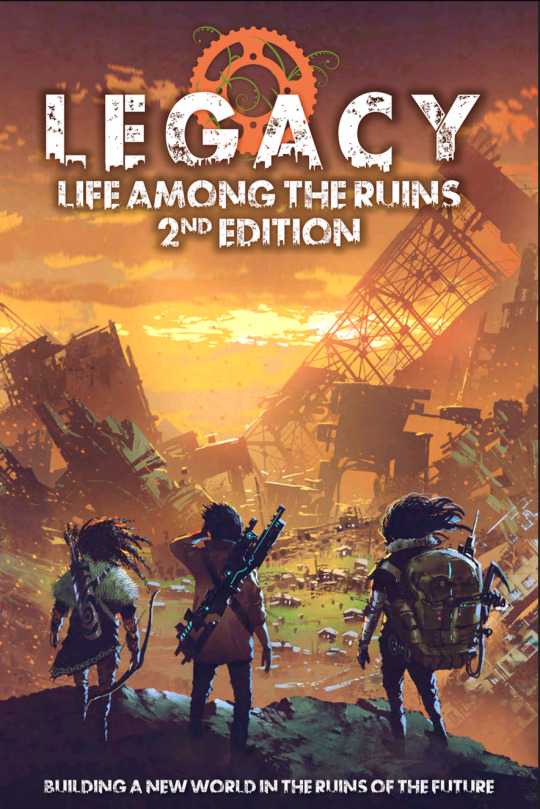
Collaborative World-building.
Any given PbtA game is usually inspired by a short list of media or some kind of genre. Brindlewood Bay is inspired by elderly lady detective fiction and eldritch horror. Sunset Kills is inspired by Buffy the Vampire Slayer and similar supernatural-teenager media. However, the specifics of what your group is doing still has to be determined by the group. This means that you’ll have to decide how you met, how you got here, and what the world around you is like.
For some games, like Legacy: Life Among the Ruins, the character choices you’ve made will determine facts about the end-of-the-world you live in. Did you pick titan-slayers? That means there’s titans walking around. Similarly in Comrades, if you pick the Propagandist, you have a newspaper or radio station as part of your rebellion.
I like about this because it affirms one of the core claims of PbtA: the game is a conversation. You begin your Session 0 sharing ideas as a group, with players having just as much say in the creation of the world as the GM. If you want to speed up the game, the GM may propose a setting to make things more specific. I’ve done this in the past with Wolf Hounds, which I wanted to make fit into my Monster Squad campaign last year.
However, even if the GM makes some decisions about the world, the choices the individual players will affect what parts of that world we’ll focus on. I feel like this experience gives a lot more agency to the players, so if you want to run a game but you don’t want to be responsible for everything that lands on the table, you might want to consider something Powered by the Apocalypse.


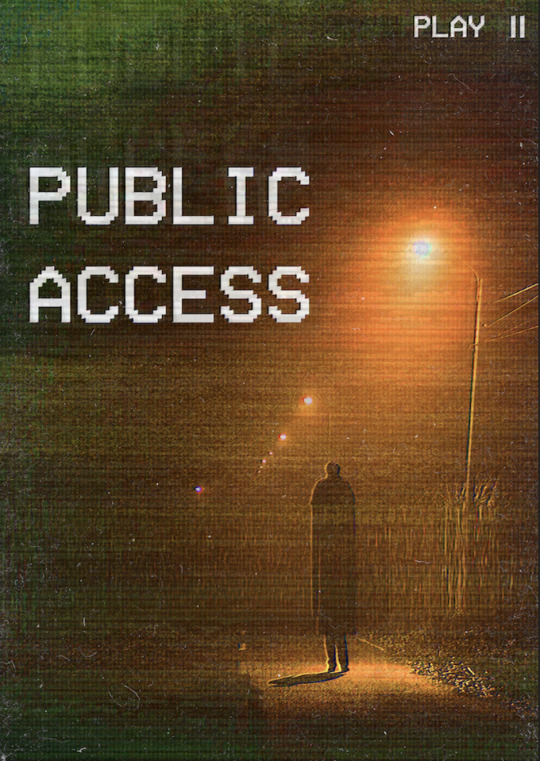
There are some elements of PbtA that can provide quite a bit of whiplash for new players. The game is very reactive, which means that it can be difficult for a traditional GM to figure out what to plan. Some games, like The Between, come with modules or adventures that can make it easier to ease into a GM-ing role. I’d also recommend checking out PbtA games that play in genres that both the GM and the group are very familiar with. If you like teenage superheroes, MASKS will probably be fairly easy to pick up. If you're familiar with found-footage horror, you might be more interested in Public Access.
I’ve talked about a number of PbtA games in the past. Let’s take a look at a few that I haven’t mentioned much.



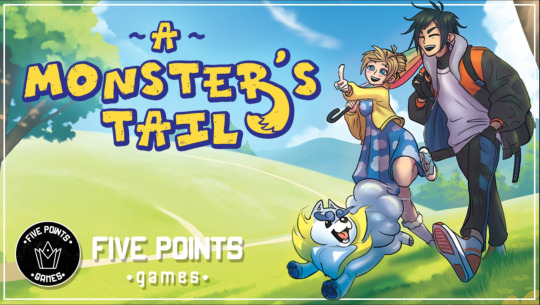
City of Mist is a game by Son of Oak about ordinary people caught up in supernatural investigations as they grow to embody myths and legends.
Trespassers, by BoughandWave is a game about monsters in a wood - but you are not the scariest things in this forest.
Fight Item Run, by Whimsy Machine, is a game meant to replicate beloved video games about dungeons and magic.
A Monster's Tail, by Five Points Games, is an homage to monster catcher media, such as Pokemon, Digimon, and Jade Cocoon.
If you’re interested in PbtA games, you might also want to check out the collection of PbtA games that I’ve put together on Itch!
124 notes
·
View notes
Text
"would you fuck your clone" = boring, who cares, the answer says nothing about you other than whether or not you're your own type
"would you fuck MY clone" = unexpected, high potential to cause a lot of 'why would you fuck my clone and not me?' drama, reasonable question to ask if you're a mad scientist
#HAHAHAHA#oc: Yannick Brocot#and#oc: Laurel Greystone#not to mention#Finnegan Finnegan#Ezra Barnham#I would tag Elisha too but. his wife got stolen so. woopdidoo!#ttrpg ocs#is this seriously the first time I’ve ever blogged about Yannick & Laurel. I can’t believe this
49K notes
·
View notes
Text
I really wanna get back into art but I’m so busy hnnnnggg
#I just recently got an iPad too so I can try out procreate#still think it’s funny that it’s called that. whatever#oh yeah time for digital art! let me open my Sex app
1 note
·
View note
Text
SYSTEM OVERVIEW: Forged in the Dark (FitD).

I’m taking a break from my regular recommendation posts this week to talk about a few different indie ttrpg systems that have gained a lot of traction over the past few years - how they work, why I like them, and what kinds of games there are out there that use them!


I don’t think it’s a secret that I’m a big fan of Forged in the Dark games. I’ve sung the praises of games like Brinkwood, Slugblaster and The Wildsea time and time again, and I’m even designing my own FitD hack! So let’s talk about what makes this system tick.


The Action Roll.
The core mechanic of Forged in the Dark games is the Action Roll. To do most things in these games, the player will have to assemble a small pool of d6s. These dice may come from skills, special abilities, inventory - it depends on the game, but you’ll usually have somewhere between 0 and 4d6 to roll.
When you roll, you look for the single highest dice (or multiple highest, if you manage to get two 6s). If your best result is a 1-3, you’re not going to get what you want. If your best result is a 4/5, you’ll probably get a success with a cost - whether that be harm, only part of what you want, or more trouble down the road. If you get a single 6, you do it - and if you get multiple 6s, you do it well!
What I like about this is that it’s easy to tell at a glance how well you do, and that the dice used for this system are the most accessible dice on the market. Not only that, the possibilities of a 4/5 are quite broad - you could have a consequence that is physical harm to the character, but you could also embarrass them, break their stuff, or just hint at bad things to come!
But Mint, how do you roll 0d6? Well, in particularly difficult scenarios, the player will roll 2d6 and take the lowest number instead. This originates from the progenitor of Forged in the Dark games, Blades in the Dark, which is meant to be particularly difficult and punishing.


Position & Effect.
Another core mechanic of FitD games is Position & Effect. These are narrative tools that help the GM communicate to the players how dangerous the proposed plan of action is, as well as how likely the characters are to succeed.
Position is going to be Controlled, Risky or Desperate, indicating how much danger the characters are in, but also the stakes of failure. Failing a Controlled roll means you’re probably going to get out of there with minimal harm, or possibly a chance to try again. Failing a Desperate roll means that shit is going to hit the fan, and you’re going to be caught up in all of it. Risky rolls are somewhere in the middle, and considered the "standard" difficulty.
Effect is a metric for how successful your character is going to be. Picking a lock might not be dangerous, but if your character isn’t a thief and doesn’t have any lock-picks, they might not be very effective! Players can alter the effectiveness of their actions by changing how they go about solving a problem, using the gear they have on hand, or agreeing to approach the problem from a more desperate Position.
What I like about this is that Position & Effect encourage conversation and agency between the GM and the players. The players have final say over what they do, but the GM is able to communicate why they feel certain approaches may be more or less effective. The story is generative, and the way the rolls are adjudicated allow all of the parties to contribute to what happens next.
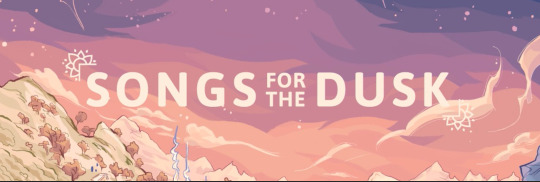

The Resistance Roll.
Related to this conversation about agency is the Resistance Roll. If a player doesn’t like the consequence that the GM hands out, they can choose to Resist the consequences. They usually do this by rolling a certain number of resistance dice, and spending a player resource called Stress. (Other games use other names.) Depending on the consequence, the player might resist it outright or reduce the severity, but spend too much stress and you run into different kinds of consequences - whether that be Trauma (Blades), Trouble at Home (Slugblaster) or something unlucky (Antiquarian Adventures). Stress can be managed during a phase typically called Downtime, through various activities dependant on the setting.
I like this mechanic not just because it gives players agency, but also because of the Stress track tied to it. This is a player resource but it can also be a track pointing a change in the character, a chance to build in narrative themes, or a reason to role-play certain narrative effects. Many different FitD games use Stress in a number of unique ways, and I think tweaking this element can do a lot to determine the tone of the game.
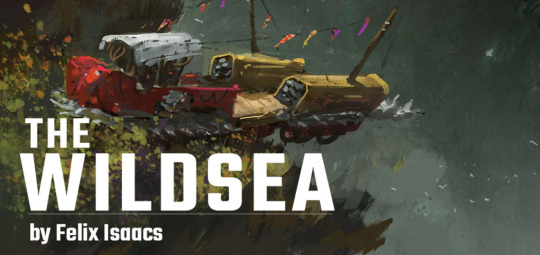

Crew Sheets.
This leads to the next bit of Forged in the Dark games that I really like - Crew Sheets. Similar to a number of other narrative games, FitD has character playbooks (which are kind of like character classes in D&D, but also are a carryover from PbtA games - I’ll talk about them more in the PbtA post), but Forged in the Dark games also have a uniting theme that gives your players a reason to work together.
In Neon Black, this is your local community, which both takes care of you and asks you for favours. In Moth-Light, this is your Pact, which determines not just your group’s goal, but also the tone and themes of your story. In Brinkwood, this is your Rebellion and the Faerie patron who is taking care of you - but it’s also the Mask playbooks that all of the players share, with special magical powers that help you fight Vampires.


Modular Systems.
There are bits and pieces that also exist in FitD games that help define the experience. Clocks, for example, are abstract representations of looming consequences or player goals, and allow you to work towards a big pay-off over time. Factions can represent a changing social landscape, with friends and foes that you can turn to for help or strike out against in order to gain ground. Harm can alter how many dice you roll, or how effective you are when acting. These are interlocking pieces, but they’re not necessarily required.
Most of what I’ve covered in this post is not strictly necessary for a Forged in the Dark game. The Wildsea doesn’t use Stress or pre-set playbooks. Protect the Child doesn’t use Trauma. Scum & Villainy adds a Gambit mechanic that gives you extra ways to earn dice. Slugblaster changes how you Resist consequences, and External Containment Bureau moves the Clock mechanic to the front and centre, while doing away with Factions pretty much altogether. All of these games have enough pieces to be considered Forged in the Dark, but the play experience is very different, and each mod included, altered or dropped are usually choices that support the genre or tone of the game.

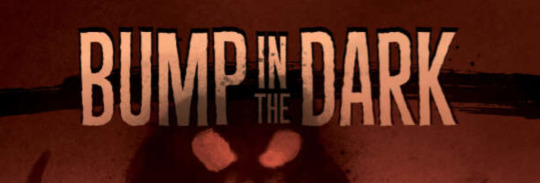
I’ve talked about a number of Forged in the Dark games in the past, but here’s a few more that I’ve got my eyes on.


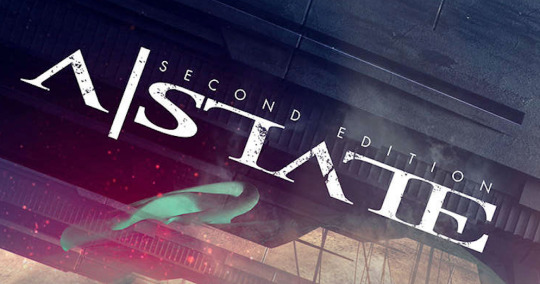
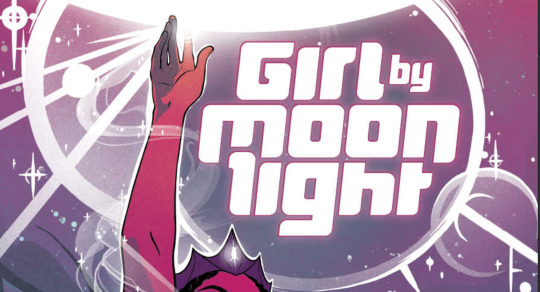
Dusk Academy, by Skullery Maids, is a game about a private school for teaching magic to girls.
CRASH/CART, by Galen Pejeau, is a game about paramedics in a near-future California.
a|state, by Handiwork Games, is a game set in a strange and Dickensian city.
Girl By Moonlight, by Evil Hat, is a game about magical girls, mech pilots, and other larger-than-life characters.
There is a good list of Forged in the Dark games on the Blades website, and I've also got a Forged in the Dark collection on Itch.io!
If you are looking to make your own game, John Harper has released the Game SRD on the BitD website. These rules are licensed under the Creative Commons Attribution (CC-BY) license, which means that you can create your own games using this system as long as you give appropriate credit to Harper.
What Forged in the Dark game has caught your eye? Let me know in the tags / comments!
149 notes
·
View notes
Text
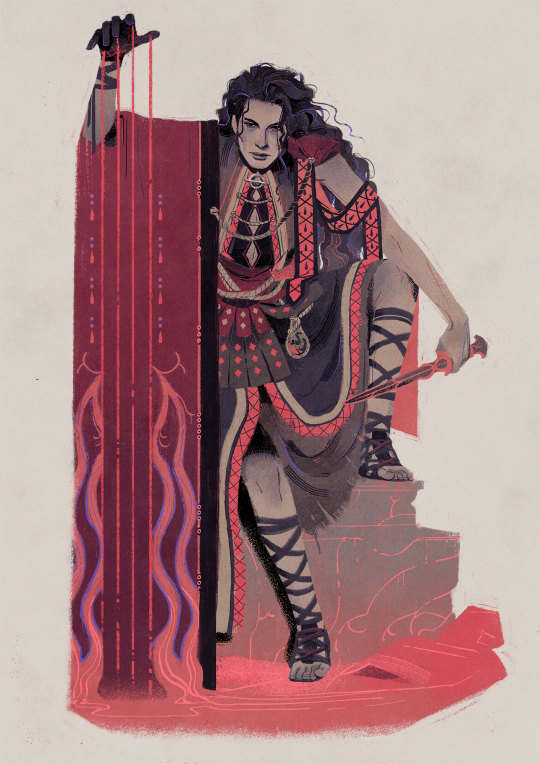
The Siphoner 🩸 A character class for The Hidden Isle.
You can preorder the TTRPG here
15K notes
·
View notes
Text
PLATONIC INTERPRETATIONS OF CHARACTER DYNAMICS ARENT ANY LESS VALID THAN ROMANTIC ONES PELASEE

87K notes
·
View notes
Text
autistic enrichment. i did something like this years ago with like 5x more crap & i have NO idea where it all went

[ID: a collection of small objects arranged by color in rows, going from red, down through the rainbow, and ending with black and then white, with a line of brown objects along the side. there are many things including bottle caps, small toys and knickknacks, rocks, dice, and broken glass.]
2K notes
·
View notes